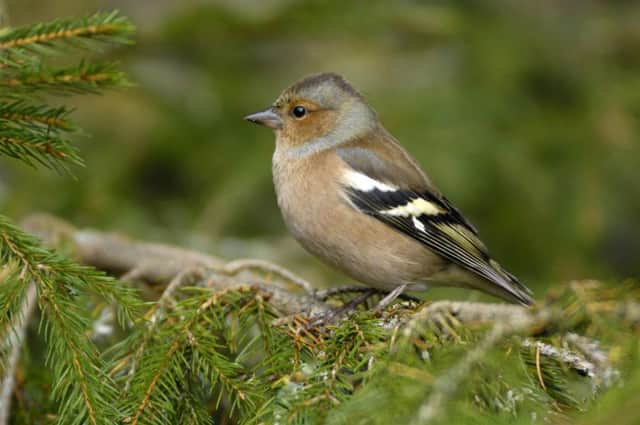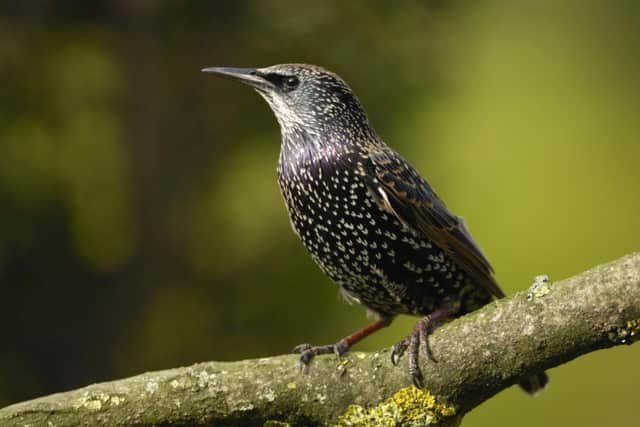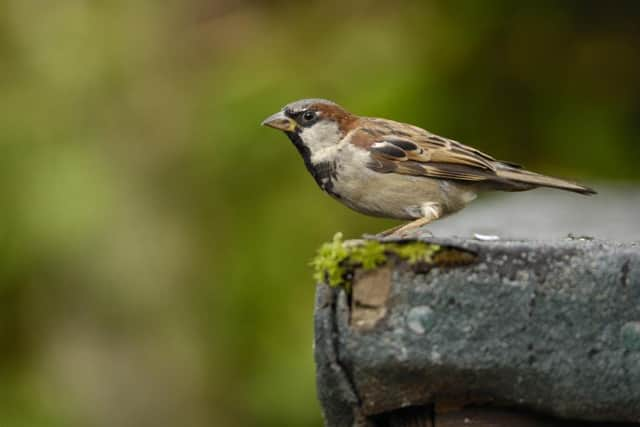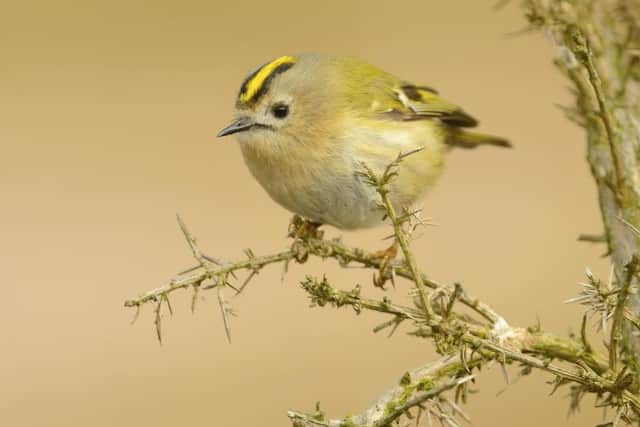Starlings are top of the tree in NI wildlife survey
This article contains affiliate links. We may earn a small commission on items purchased through this article, but that does not affect our editorial judgement.


More than half a million people in the UK, including a record 35,510 people across Northern Ireland, took part in the world’s biggest wildlife survey earlier this year.
In Northern Ireland, starlings swooped into top spot – stealing the crown from last year’s winner the house sparrow – after being seen in almost 70 per cent of gardens and green spaces.
Advertisement
Hide AdAdvertisement
Hide AdSmaller than blackbirds, with a short tail, pointed head and triangular wings, starlings look black at a distance. However when seen more closely, they are gorgeously glossy with sheens of purples and greens.


Noisy and gregarious, starlings spend much of the year in flocks. While they are still one of the commonest of garden birds, their numbers have declined significantly in recent years. The cause of this decline remains uncertain but it’s thought a reduction in their preferred food sources - invertebrates like earthworms and leatherjackets – may play a part.
The species is renowned for its ability to mimic noises, from other bird calls to car alarms. Starlings are also known for their spectacular gatherings in autumn and winter, known as murmurations.
In Northern Ireland, the best places to spot these huge, swirling flocks is around dusk at the Albert Bridge in Belfast and Slieve Croob in the Mournes.
Advertisement
Hide AdAdvertisement
Hide AdJoining starlings and house sparrows in the top three is the chaffinch, which was seen in 67 per cent of local gardens.


With their lovely colours and varied calls, it’s no wonder a group of these birds is often known as a ‘charm’!
At the other end of the scale, some of the more unusual species reported to RSPB NI included the UK’s joint smallest bird, the goldcrest, at number 37 and the aptly named treecreeper at number 38.
Running parallel to Big Garden Birdwatch is Big Schools’ Birdwatch, which this year saw more than 140 schools across Northern Ireland take part.
Advertisement
Hide AdAdvertisement
Hide AdBlackbirds were spotted most often by eagle-eyed pupils but among the less common visitors were birds of prey including red kite and kestrel!


Amy Colvin from RSPB Northern Ireland commented: “We’re so delighted to see so many people, particularly children, take part in this year’s Birdwatch.
“It’s always really interesting to see which species are faring well and which may need a bit more of a helping hand.”
She added: “It’s clear that our gardens, local green spaces and playgrounds are vital places for birds to feed and breed. Taking small steps to give nature a home in your patch, like putting up a feeder or nest box, can make all the difference. For tips and advice visit www.rspb.org.uk/homes.”